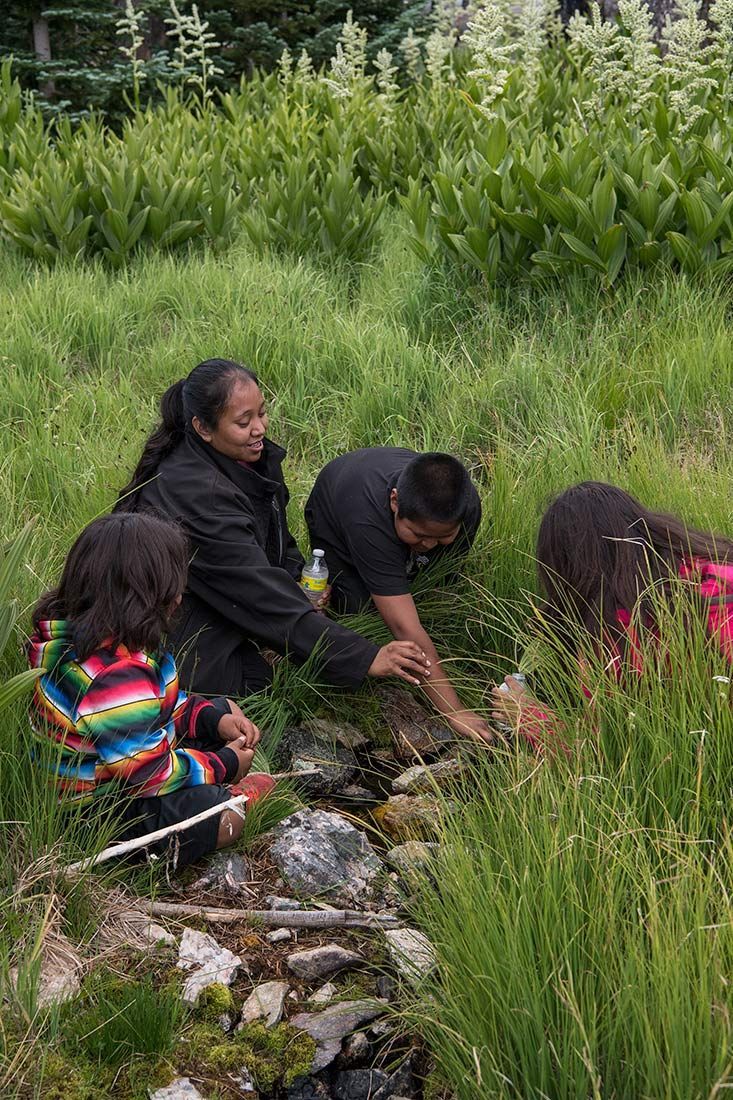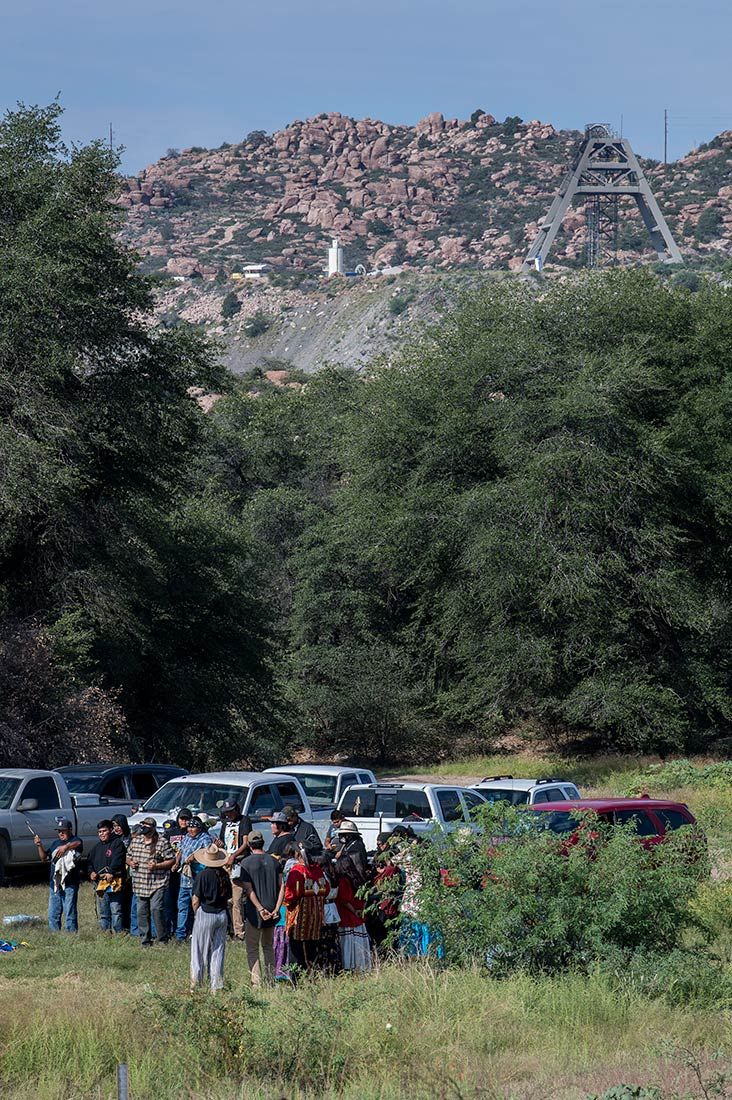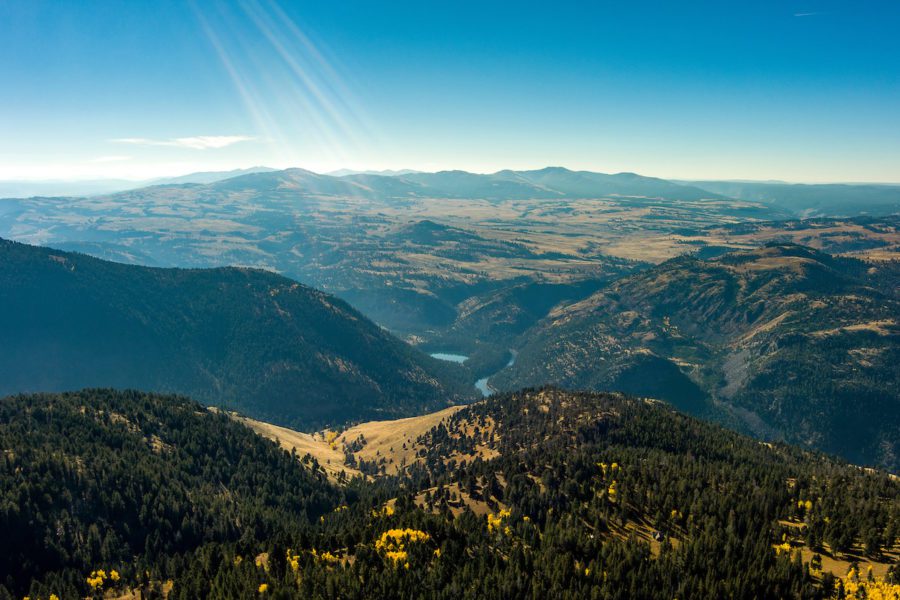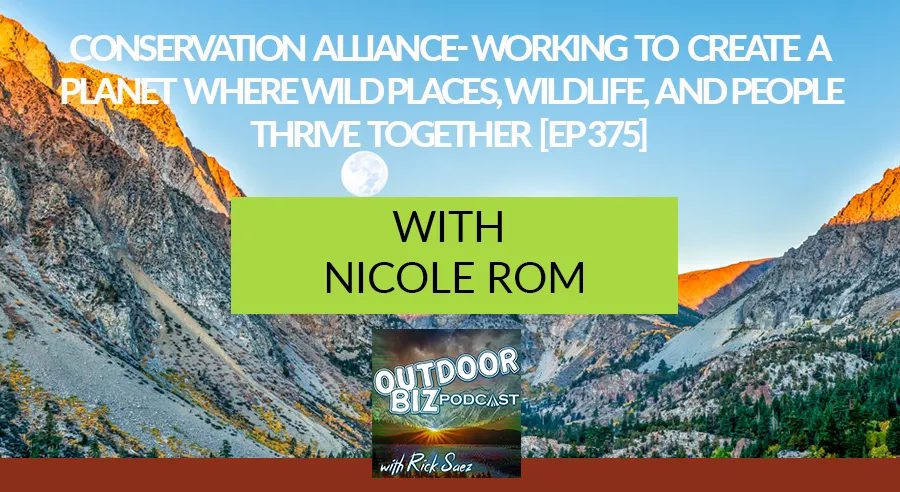By Amelia Arvesen
In central Arizona’s Tonto National Forest, Oak Flat is a refuge. Rock formations rise out of the ground, majestic emory oak forests filter the sunlight, and cool perennial water flows through Ga’an Canyon. This high desert land provides for all forms of life, from the endangered ocelot to the Western Apache tribes, who know the area as Chich’il Biłdagoteel. It has been stewarded since before recorded history as a site of worship, and it contains archeological sites as well as modern day significance.
This land is also in danger. Previously, it had been untouchable because President Dwight D. Eisenhower decreed it as a sacred place during the expansion of the forest in 1955.
But in 2014, Oak Flat was included in a land swap in the government’s must-pass defense bill. The legislation traded 2,500 acres of land for mining in exchange for 5,000 acres elsewhere in Arizona. The land had been sought after by mining companies for years, and when the threat became reality, a group called Apache Stronghold was ready to fight for Oak Flat’s protection.
Over the last few years, international mining company Rio Tinto has proposed to build the Resolution Copper Mine, which would take 10 years from start to finish. The company wants the copper ore located 7,000 feet below ground, which would result in a sinkhole two miles wide and taller than the Eiffel Tower, according to Apache Stronghold campaign materials.
Many residents in the area are extremely worried about the environmental impacts of the mine. Resolution Copper estimates it will use as much water every year as the city of Tempe, which has a population of 184,000 people. Additionally, Resolution plans to dump 1.5 million tons of toxic materials at a site southeast of the town of Superior, where it would remain permanently. A proposed pipeline would carry waste 20 miles from the site to the storage facility.
Not only will the mine displace residents, Apache Stronghold says it will contaminate nearby aquifers and springs, ruin historic artifacts and burial sites, and deem it unsafe for visitors and locals.
The Apache tribes have already suffered in innumerable ways at the hands of governmental interests. In the 1870s, the land was taken by the U.S. government and Apache people were forcibly relocated 45 miles away to the San Carlos Apache Reservation.
“Oak Flat is like Mount Sinai to us—our most sacred site where we connect with our Creator, our faith, our families, and our land. It is a place of healing that has been sacred to us since long before Europeans arrived on this continent,” says Wendsler Nosie, Sr., an Apache elder and spiritual leader. “My children, grandchildren, and the generations after them deserve to practice our traditions at Oak Flat.”

Apache Stronghold is leading multiple efforts to halt the mining, but they need help. They’ve filed litigation and formed partnerships with like-minded groups to help educate lawmakers about the value of the land.
Rock climbers and hikers are some of the other groups opposing the mine, which would ruin hiking trails and thousands of climbing routes. Right now, Oak Flat is Phoenix’s largest major outdoor climbing area. “If we lose this climbing, it will be the largest loss in American history, hands down,” says Thaddeus Barringer, a climber and former Resolution Copper welder.
In January 2021, the Forest Service released a final environmental impact statement for Oak Flat, which included mining plans and a 60-day timeline for the land title transfer.
Apache Stronghold acted fast. First, they filed a lawsuit in the U.S. District Court in Phoenix, stating that the trade “violates the Religious Freedom Restoration Act and Apaches’ constitutional rights to religious freedom, due process, and petition and remedy, and is a breach of trust and fiduciary duties.”
In a second legal action, they filed a historic lien on the land, arguing that the U.S. does not own the land, based on the 1852 Treaty of Santa Fe that granted Apaches a parcel of land including Oak Flat. Thirdly, the group asked the U.S. District Court to block the Forest Service’s statement until the pending legal matters were resolved, but that filing failed.
Throughout the recent motions, Noise and other opponents of the mine have held ceremonies and prayer gatherings to ask for strength. Many even participated in a prayer run, traveling in all four directions from Oak Flat.
Then in March 2021, a sign of hope came. The U.S. Forest Service withdrew its environmental impact statement for further review, delaying the land giveaway and mine construction.
It became clear that the public outcry was a contributing factor in their decision.
Using the Confluence Program grant from The Conservation Alliance, Apache Stronghold hired an employee to help with the campaign and organized a summit bringing together Native leaders from across the West. Roundtable discussions and presentations were dedicated to making plans for how to save Oak Flat and other sacred places on public lands.
“Without this place, without Oak Flat, we couldn’t practice the way of life that we practice today,” says Naelyn Pike, an Apache Stronghold member and Nosie’s granddaughter. “Why does our religion as Apache people have to be on trial?”
And so, the fight for Oak Flat continues.

Stay up to date on Oak Flat and Apache Stronghold at their website, where you can watch a series of campaign videos following the group’s efforts. You can also donate to support their work.
The Conservation Alliance’s Confluence Program awards multi-year grants to grassroots groups led by Asian, Black, Brown, Hispanic, Indigenous, Latin American, and additional communities who identify as People of Color. To learn more about The Conservation Alliance, visit their website, keep up with their news, or encourage your employer to join. You can also give them a follow on Instagram and LinkedIn or donate to support their work.
This story was originally featured by Osprey, a TCA member company, and is being reposted with their permission. Thanks to Osprey for this wonderful feature about TCA’s Confluence Program. The original story can be found here.




